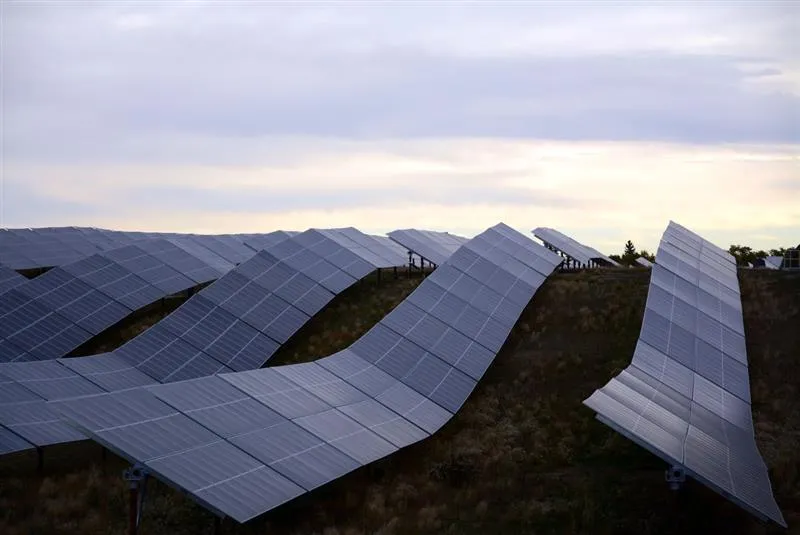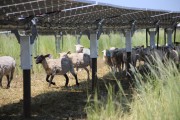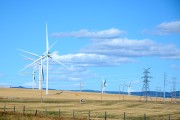This time two years ago, Alberta was the destination of choice for renewable energy investment in Canada. For years, it had consistently led the country on new additions of wind and solar, generating billions of dollars in investment and municipal tax revenues that were flowing back to local communities – all while adding new low-cost generation options to the province’s electricity grid.
But no matter the industry, there’s one thing that’s always bad for investment: uncertainty. And in the last two years, the Government of Alberta has heaped a ton of it on renewables developers.
It began with the sudden pause in approvals for new renewable projects that the province put in place in the summer of 2023. The immediate effect was sharp: 53 projects, likely worth billions of dollars, pulled out practically overnight.
But although that moratorium has been over for more than a year now, our analysis shows that investor confidence is still in a tailspin. According to our analysis, in 2024, for the first time, the overall volume of proposed projects in Alberta's renewables queue shrank. And although the queue is now back at pre-moratorium levels, there is a concerning increase in cancellations – suggesting that while investors may be joining the queue, many are then leaving before their project is approved, or deciding not to put shovels in the ground even after they have the approvals in hand.
That’s likely because they are now contending with a range of other new restrictions and requirements. These include outright bans and ambiguous restrictions on areas of land where wind and solar projects can be built, new requirements relating to equipment recycling and land reclamation, as well as changes to transmission legislation, all of which will likely add new regulatory burdens and upfront costs to renewables developers. It is notable that many of these new requirements are not being equally applied to other industries in Alberta, including other energy sectors, such as oil and gas.
At the same time, the provincial government has opted to pursue a wide-ranging restructure of its whole electricity market, the outcome of which has the potential to undermine the profitability of renewable energy projects. And then, in May, came the news that the province will launch a legal challenge against the federal Clean Electricity Regulations – an important policy that is intended to send a positive investment signal to proponents of low-carbon electricity all over the country, helping us build a modern, secure electricity grid all across Canada.
Other governments have already had a mindset shift about this. In 2024, British Columbia awarded contracts to nine wind projects and one solar project, which will increase the supply of renewable electricity in B.C. by 8 per cent when complete. Similarly, Ontario awarded contracts to ten battery storage projects in 2023. These moves are not solely driven by a desire to reduce emissions and fight climate change – they are about maximizing the lowest-cost technologies available to us, to make electricity grids that are resilient, flexible and fit for the next century.
In South Australia, 70 per cent of electricity already comes from wind and solar; in Denmark it is 65 per cent. Even Texas – Alberta's fellow oil and gas powerhouse in North America – runs over 30 per cent of its grid with renewables. But here in Alberta, we’re languishing at about 18 per cent. Other governments and populations are already feeling the benefits; not just the billions of dollars of capital investment, but in terms of affordability too. Our analysis found, for example, that growing the province’s clean electricity supply would reduce Albertans’ electricity bills by hundreds of dollars annually.
Global investment in clean electricity generation was ten times higher than unabated fossil fuels last year. If we want a nation-building project in Canada that creates jobs, investment, increases energy resilience and sets us up for economic success for the next decade and beyond, then creating a cross-Canadian clean electricity grid is it. That will be best achieved if all provinces, including Alberta, are willing to do their part and maximize the renewable energy options available to them.









